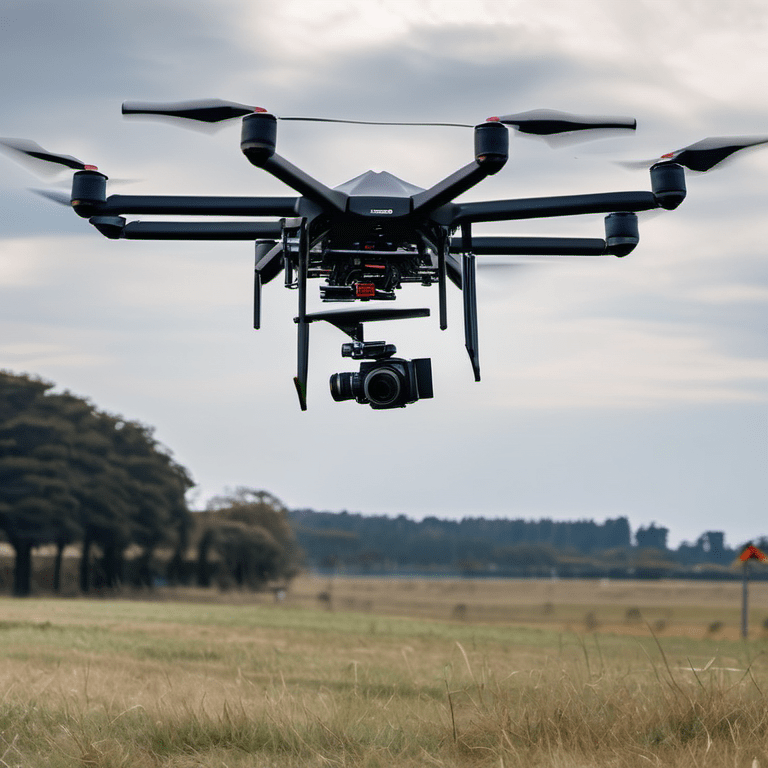The advent of drone technology has revolutionized various industries, and the industrial gases sector is no exception. The integration of drones into this industry has brought about significant changes, enhancing efficiency, safety, and productivity. However, to fully harness the potential of drones in the industrial gases sector, it’s crucial to understand and crack the DRONE code.
NEED:
The need for drones in the industrial gases industry is primarily driven by the desire for increased efficiency and safety. Industrial gases are often stored and transported under high pressure or at extremely low temperatures, making their handling potentially hazardous. Drones can perform tasks such as inspection, monitoring, and even delivery of these gases without exposing human workers to these risks.
Moreover, the industry often requires operations in remote or hard-to-reach locations where traditional methods may be inefficient or even impossible. Drones can easily access these areas, making them an invaluable tool in the industrial gases sector.
SOLUTION:
Drones offer a myriad of solutions to meet these needs. Equipped with advanced sensors and imaging technologies, drones can conduct thorough inspections of storage tanks and transportation systems for leaks or structural issues. This not only ensures safety but also helps in maintaining the quality of the gases.
For delivery purposes, specially designed drones can transport small cylinders of gases to remote locations quickly and efficiently. They can also be used for aerial surveillance of large industrial areas to monitor gas emissions and ensure regulatory compliance.
ACTION:
To implement these solutions effectively, companies need to invest in high-quality drone technology tailored to their specific needs. This includes not only purchasing the right drones but also training staff on their operation and maintenance.
Additionally, companies must stay abreast of regulations governing drone usage in their region to ensure compliance. This may involve obtaining necessary permits or licenses and adhering to specific operational guidelines such as flying height restrictions or no-fly zones.
PROFIT:
The integration of drones into the industrial gases sector can lead to significant profits. By reducing the risk of accidents, companies can save on potential costs associated with damage or injury. Increased efficiency in inspection and delivery processes can also lead to cost savings.
Moreover, drones can provide valuable data that can be used to optimize operations and reduce waste, further increasing profitability. For instance, data from drone inspections can help identify potential issues before they become major problems, saving on repair costs.
CONCLUSION:
In conclusion, cracking the DRONE code in the industrial gases sector involves understanding the need for this technology, identifying the solutions it offers, taking appropriate action to implement these solutions, and reaping the profits that result. As drone technology continues to evolve, it’s likely that its role in this industry will only grow, making it an investment worth considering for any company in the industrial gases sector.
